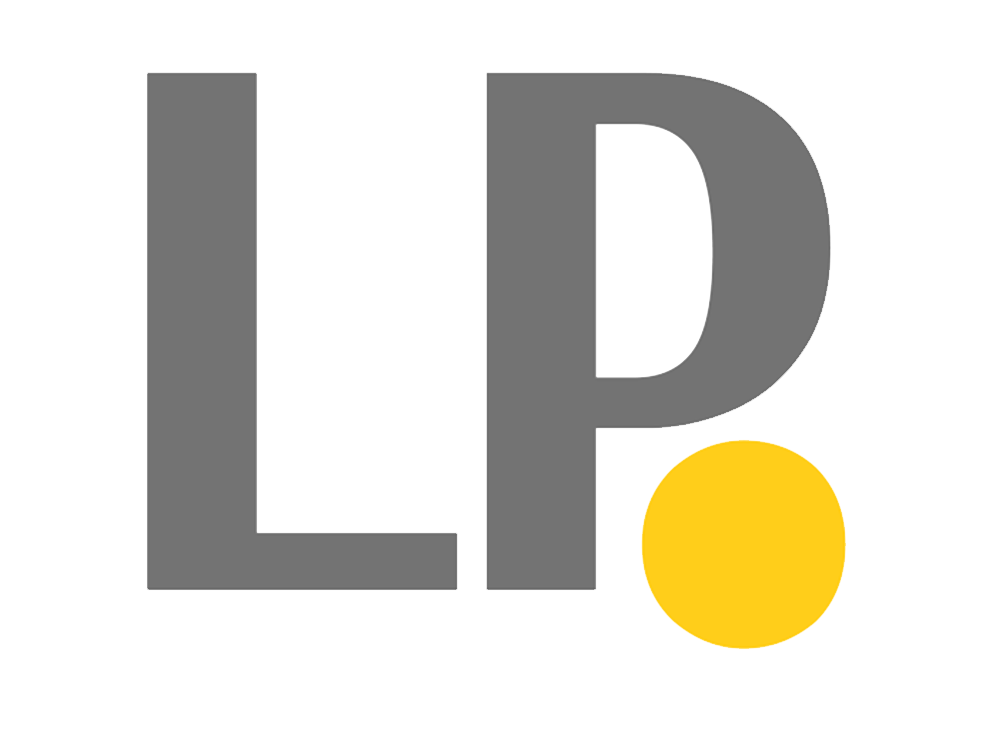
Trademark Objection
A trade mark can be any word, phrase, symbol, design, or combination of these things used to identify the source of the goods/services. Before filing a Trademark Application, one has to be aware about the nice classification, so as to file the application seeking protection of the mark in the correct class. The International (Nice) Classification of Goods and Services is a system for the purposes of the registration of marks. Nice classification has 45 classes in total, where class 1-34 specifies goods and Class 35-45 categories services. The most important attribute of a trademark is that it should be distinctive in nature and deceptive in nature. The process of registering a trademark is not a simple task. The application for the trademark can be objected by the registry citing various grounds. The present article brings light to some of the most common grounds for trademark objection.
Trademark Objection Grounds
Once a Trademark Application is filed and if other procedural requirements are in order, the registry will examine the Application and will either issue an Examination Report citing certain objection. The objection cited can be either under section 9 (Absolute ground) or under section 11 (Relative grounds) of the Trademarks Act, 1999.
Absolute Grounds of Refusal (Section 9)
According to Section 9(1), a trademark cannot be registered if:
According to Section 9(2) a mark is non-registrable if:
According to Section 9 (3), a mark is not registerable if:
Relative grounds for Refusal (Section 11)
Section 11 of the Trademark Act lays down relative grounds for refusal of a trademark registration.
A trademark may be objected under section 11 due to its identity and/or similarity with an earlier trade mark and identity and/or similarity of goods and services covered under the trademark. This provision is mainly to protect the prior existing similar/identical trademarks. So, where the mark is similar/identical to a prior existing mark in relation to similar/identical goods/services and due to which there is a likelihood of confusion as to origin of the goods/services, the said mark shall be refused registration.
Section 11(2) states the following grounds for refusal –
According to Section 11(3), a mark cannot be used if it is forbidden by passing-off or copyright laws.
One exception for this is Section 12 which deals with “honest, concurrent usage,” i.e where both the marks have been honestly and concurrently being used by the respective trademark holders, then registration may not be refused.
Where there are objections, an appropriate response has to be submitted within one month of receipt of the examination report.
If there are no objections, then the mark shall be ordered to be advertised before acceptance (ABA) or accepted and advertised (AAA).
Chemical Element or International Non-Proprietary Name
In respect to a chemical product or preparation, section 13 of the Trade Marks Act, 1999 forbids the registration of trade marks that contain a commonly used and accepted name of any single chemical element or chemical compound. It is forbidden to register a word that has been designated by the World Health Organization (WHO) as an International Non-Proprietary Name (INN) or that the Registrar has determined is confusingly close to one. All applications submitted under Class 5 are subject to the provisions of this clause.
Suggesting a false connection
Unless the approval of the relevant living person is acquired, the Registrar may refuse registration of trade marks that fraudulently suggest a link with any live person under Section 14 of the Trade Marks Act, 1999. Similarly, the Registrar may reject trademarks that fraudulently imply a relationship with any person who has passed away within twenty years of submitting the application for registration, provided the agreement of that person's legal representatives is obtained.
Conclusion
Objections are raised by the registry to increase the efficiency of Trademark system. Objections are raised so as to reduce consumer confusion, defending the rights of existing trademark owners, and maintaining the distinctiveness and exclusivity of businesses. Applications are thoroughly examined by trademark offices to make sure they adhere to legal specifications and to maintain the overall efficacy of trademark protection. As a result, objection should be viewed as a necessary precaution that contributes to the long-term fairness and health of the trademark ecosystem, benefiting both companies and customers. To protect their intellectual property rights, trademark applicants must fully comprehend and negotiate the objections procedure.
If you're seeking expert guidance on trademark registration services, look no further. Our team of dedicated professionals is here to assist you every step of the way, ensuring a seamless and successful trademark registration process. For more information and personalized assistance, reach out to us at info@legacypartners.in
© 2026 Business Consultant & Law Firm - Legacy Partners. All Rights Reserved.
Designed by Nuewelle Digital Solutions LLP

Legacy Partners
We typically reply in a few minutes